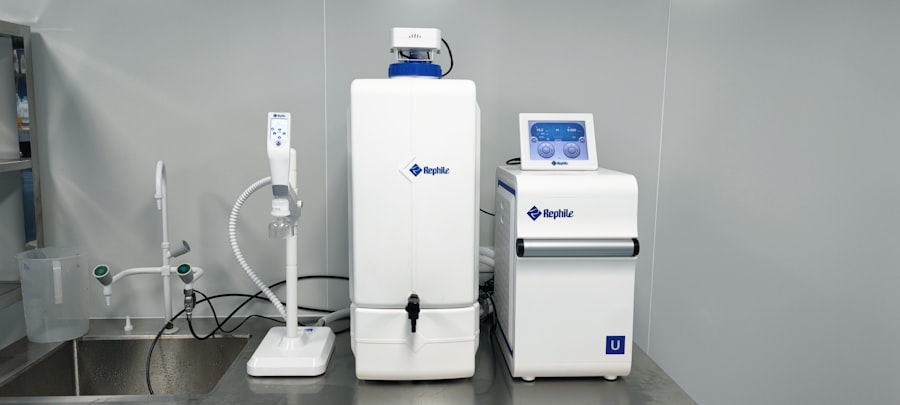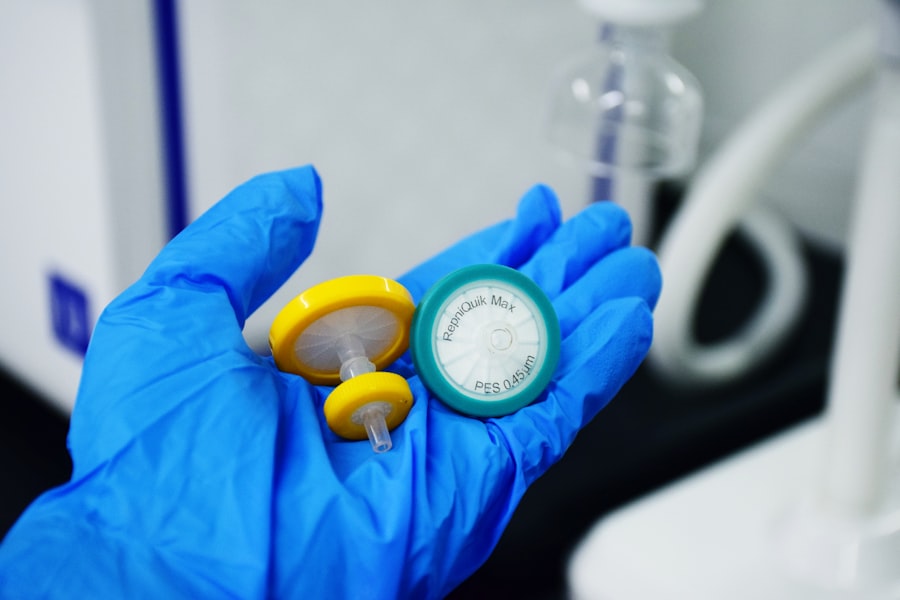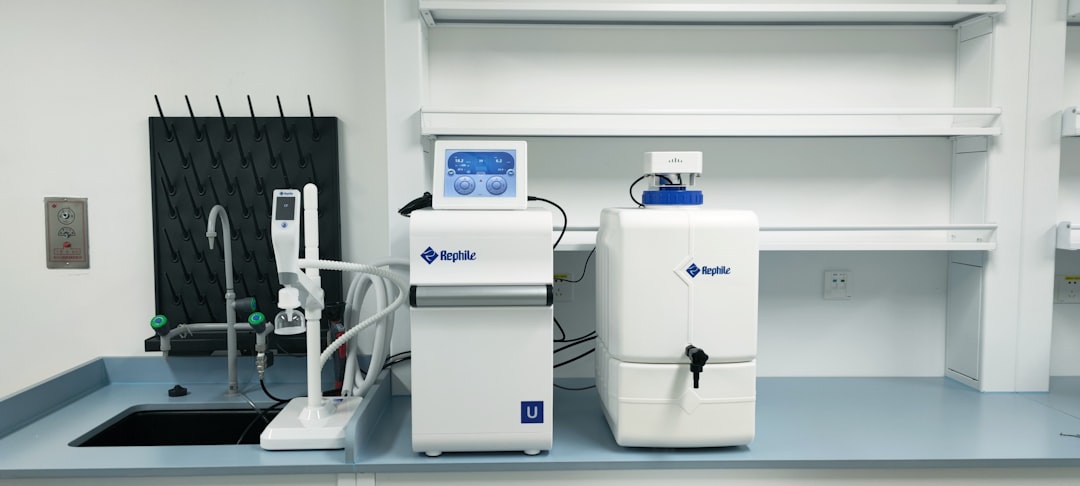Safe drinking water is a fundamental necessity for human health and well-being. It is essential not only for hydration but also for the prevention of waterborne diseases that can have devastating effects on communities. Access to clean water is a basic human right, recognized by various international organizations, including the United Nations.
The significance of safe drinking water extends beyond individual health; it is a cornerstone of public health, economic development, and environmental sustainability. When communities have reliable access to safe water, they experience lower rates of illness, increased productivity, and improved quality of life. Moreover, the importance of safe drinking water is underscored by its role in supporting various sectors, including agriculture, industry, and recreation.
Inadequate access to clean water can lead to significant economic losses and hinder development efforts. For instance, agricultural productivity can be severely affected by water quality issues, leading to food insecurity and economic instability. Therefore, ensuring the availability of safe drinking water is not just a health issue; it is a critical component of sustainable development that requires ongoing attention and investment.
Key Takeaways
- Safe drinking water is essential for public health and well-being
- New York’s water system is a complex network of infrastructure and treatment facilities
- Potential contaminants in drinking water include bacteria, viruses, chemicals, and heavy metals
- Monitoring and testing procedures are crucial for ensuring the safety of drinking water
- Treatment and filtration processes are used to remove contaminants and improve water quality
Overview of New York’s Water System
New York City boasts one of the most extensive and sophisticated water supply systems in the world. The system serves over nine million residents and millions more who visit the city each year. It draws water from a network of reservoirs located in the nearby watersheds, primarily in the nearby Catskill and Delaware regions.
This vast system includes more than 1,000 miles of aqueducts, tunnels, and pipes that transport water from these sources to the city. The sheer scale and complexity of this infrastructure highlight the city’s commitment to providing high-quality drinking water. The water supply system is designed to deliver approximately 1.1 billion gallons of water daily.
This impressive feat is achieved through a combination of gravity-fed systems and pumping stations that ensure consistent pressure and flow. The quality of New York’s drinking water is often praised for its clarity and taste, largely due to the natural filtration processes that occur in the reservoirs. However, maintaining this system requires constant vigilance and investment in infrastructure to ensure that it continues to meet the needs of the population.
Potential Contaminants in Drinking Water

Despite the high quality of New York’s drinking water, potential contaminants pose ongoing challenges. These contaminants can originate from various sources, including agricultural runoff, industrial discharges, and aging infrastructure. Common contaminants include heavy metals like lead and copper, microbial pathogens such as bacteria and viruses, and chemical pollutants like pesticides and pharmaceuticals.
Each of these contaminants can have serious health implications if they enter the drinking water supply. Lead contamination, in particular, has garnered significant attention due to its detrimental effects on human health, especially in children. Lead can leach into drinking water through corroded pipes and plumbing fixtures, posing a risk to vulnerable populations.
Additionally, emerging contaminants such as microplastics and per- and polyfluoroalkyl substances (PFAS) have raised concerns among public health officials and environmental advocates alike. Addressing these potential contaminants requires a proactive approach to monitoring and regulation to safeguard public health.
Monitoring and Testing Procedures
| Procedure | Frequency | Responsible |
|---|---|---|
| Temperature Monitoring | Daily | Lab Technicians |
| Quality Control Testing | Weekly | Quality Assurance Team |
| Equipment Calibration | Monthly | Engineering Team |
To ensure the safety of drinking water, New York City employs rigorous monitoring and testing procedures. The New York City Department of Environmental Protection (DEP) conducts thousands of tests annually to assess water quality at various points throughout the distribution system. These tests measure a wide range of parameters, including pH levels, turbidity, microbial content, and the presence of chemical contaminants.
By regularly sampling and analyzing water from both source points and tap water, the DEP can identify potential issues before they affect public health. In addition to routine testing, the DEP also collaborates with independent laboratories to conduct more specialized analyses. This comprehensive approach allows for early detection of contaminants and ensures compliance with federal and state regulations.
Public transparency is a key component of this process; results from water quality tests are made available to residents through annual reports and online databases. This commitment to transparency fosters trust between the city government and its residents while empowering individuals to make informed decisions about their drinking water.
Treatment and Filtration Processes
The treatment and filtration processes employed by New York City are critical in ensuring that drinking water meets safety standards before it reaches consumers’ taps. Water from the reservoirs undergoes several stages of treatment designed to remove impurities and enhance its quality. Initially, the water is subjected to sedimentation processes where larger particles settle out.
Following this, filtration systems remove smaller particles, including bacteria and other microorganisms. Chlorination is another essential step in the treatment process. Chlorine is added to disinfect the water by killing harmful pathogens that may be present.
Additionally, orthophosphate is introduced to inhibit corrosion in pipes, reducing the risk of lead leaching into the drinking water supply. The treatment process is continuously monitored to ensure that all parameters remain within acceptable limits, providing an additional layer of safety for consumers.
Infrastructure Maintenance and Upgrades

Maintaining and upgrading infrastructure is vital for ensuring the long-term reliability of New York’s water system. The city faces challenges related to aging pipes and facilities that require regular inspection and repair. The DEP has implemented a proactive maintenance strategy that includes routine assessments of pipelines, valves, and treatment plants to identify potential issues before they escalate into major problems.
Investment in infrastructure upgrades is also crucial for adapting to changing environmental conditions and population growth. As urban areas expand, the demand for clean drinking water increases, necessitating enhancements to existing systems. The DEP has embarked on various projects aimed at modernizing infrastructure, such as replacing old pipes with more durable materials and implementing advanced monitoring technologies that provide real-time data on system performance.
Emergency Response and Contingency Plans
In an unpredictable world where natural disasters or contamination events can occur without warning, having robust emergency response plans is essential for safeguarding public health. New York City’s water system has established comprehensive contingency plans designed to address potential crises effectively. These plans outline procedures for responding to contamination incidents or infrastructure failures that could compromise drinking water quality.
Training exercises are regularly conducted to ensure that personnel are prepared for emergencies. These drills simulate various scenarios, allowing staff to practice their response strategies in real-time situations. Additionally, communication protocols are established to keep residents informed during emergencies, ensuring that they receive timely updates about any potential risks associated with their drinking water.
Public Education and Outreach
Public education plays a crucial role in promoting awareness about safe drinking water practices among residents. The DEP actively engages with communities through outreach programs aimed at educating individuals about the importance of protecting their drinking water sources. These initiatives include workshops, informational campaigns, and school programs designed to instill a sense of responsibility regarding water conservation and pollution prevention.
By fostering a culture of awareness around safe drinking water practices, the DEP empowers residents to take an active role in safeguarding their own health as well as that of their community. Educational materials are made available online and through community events, ensuring that information reaches diverse audiences across New York City.
Regulatory Compliance and Oversight
Regulatory compliance is a cornerstone of New York City’s approach to ensuring safe drinking water. The city adheres to stringent federal and state regulations governing water quality standards set forth by agencies such as the Environmental Protection Agency (EPA) and the New York State Department of Health (DOH). These regulations establish maximum contaminant levels (MCLs) for various substances found in drinking water.
Regular audits are conducted by both state and federal agencies to assess compliance with these regulations. The DEP works diligently to meet or exceed these standards through rigorous testing protocols and treatment processes. By maintaining compliance with regulatory requirements, New York City demonstrates its commitment to providing safe drinking water while also protecting public health.
Collaboration with Local and State Agencies
Collaboration among local and state agencies is essential for addressing complex challenges related to drinking water safety. New York City’s DEP works closely with various stakeholders, including environmental organizations, public health officials, and community groups, to develop comprehensive strategies for managing water resources effectively. This collaborative approach fosters information sharing and encourages innovative solutions that benefit all parties involved.
Partnerships with state agencies also play a vital role in enhancing regulatory oversight and ensuring compliance with environmental standards.
Future Challenges and Opportunities for Improvement
As New York City continues to grow and evolve, it faces several challenges related to its drinking water system that require proactive solutions. Climate change poses significant risks through increased rainfall variability, rising temperatures, and extreme weather events that can impact both supply sources and infrastructure integrity. Adapting to these changes will necessitate innovative approaches to managing water resources sustainably.
Additionally, emerging contaminants present ongoing challenges for monitoring efforts as new substances are identified that may pose risks to public health. Investing in research initiatives focused on understanding these contaminants will be crucial for developing effective treatment methods moving forward. By embracing technological advancements such as advanced filtration systems or real-time monitoring tools, New York City can enhance its ability to provide safe drinking water while addressing future challenges head-on.
In conclusion, ensuring access to safe drinking water remains a top priority for New York City as it navigates complex challenges related to infrastructure maintenance, regulatory compliance, public education efforts, collaboration among agencies, and emerging threats posed by climate change or contaminants. Through continued investment in these areas coupled with community engagement initiatives aimed at fostering awareness around responsible practices regarding water use—New York City can maintain its reputation as a leader in providing high-quality drinking water for generations to come.
New York’s water system is a marvel of engineering, providing millions of residents with clean and reliable water every day. The system’s complexity and efficiency are often topics of interest for those studying urban infrastructure. For a deeper understanding of how such systems are integrated into the urban landscape, you might find this related article insightful.
WATCH THIS! The Real Cost of NYC Living: Your Wallet, Sanity, and Subway Survival Skills
FAQs
What is the New York water system?
The New York water system refers to the network of infrastructure and facilities responsible for providing clean and safe drinking water to the residents of New York City and surrounding areas.
How does the New York water system work?
The New York water system sources its water from reservoirs in upstate New York, which is then transported through a series of aqueducts and tunnels to the city. The water is treated at various filtration plants before being distributed to homes and businesses through a network of pipes.
Is the water from the New York water system safe to drink?
Yes, the water from the New York water system is regularly tested and monitored to ensure that it meets all federal and state drinking water standards. The system is known for providing high-quality, clean, and safe drinking water to its consumers.
What are some challenges facing the New York water system?
Challenges facing the New York water system include aging infrastructure, increasing demand for water, and the potential impact of climate change on water availability. The system is constantly working to address these challenges and ensure the continued delivery of safe and reliable drinking water.
How is the New York water system managed and regulated?
The New York water system is managed by the New York City Department of Environmental Protection (DEP), which is responsible for overseeing the operation, maintenance, and regulation of the system. The DEP works closely with state and federal agencies to ensure compliance with all relevant regulations and standards.
